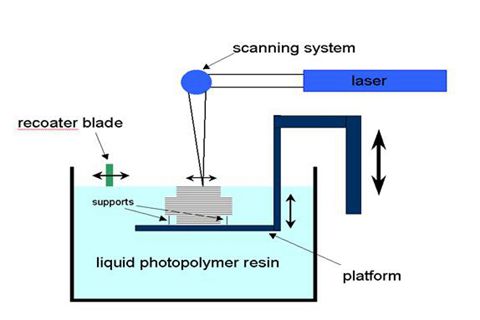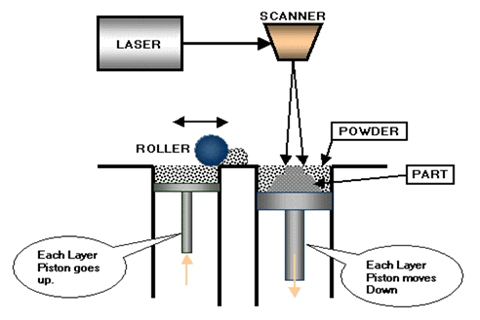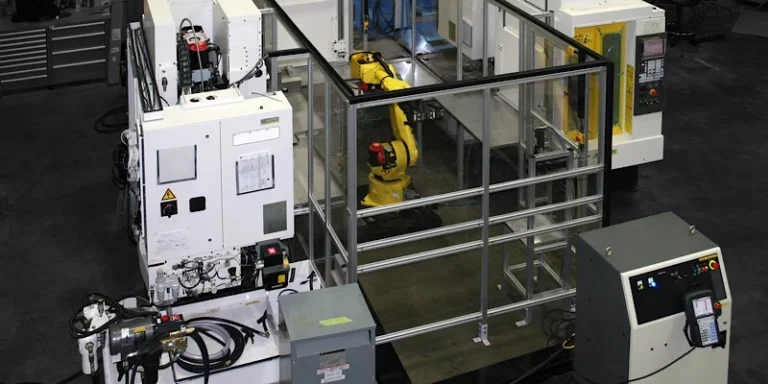What Is Concept Model?
The conceptual model is a valuable tool for conveying ideas to users. A physical concept prototype generated through rapid prototyping can provide effective insights into design manufacturability and can be tailored to meet specific customer requirements. This helps reduce production time in the early stages of the design process, allowing products to meet deadlines, develop faster, and be put into use as quickly as possible.
Since all prototypes are produced using rapid prototyping technologies, there is no need to develop expensive tools for designing prototypes. This significantly reduces production costs and allows for quick and easy integration of designs. It offers a low-risk method to identify design flaws, make modifications, and create accurate models that can be used in production tools.
Conceptual models play a crucial role throughout the system development life cycle. Figure 1-1 below illustrates the role of the conceptual model in a typical system development scenario. If the conceptual model is not fully developed, the execution of the underlying system attributes may not be implemented correctly, potentially causing future problems. These failures can and do occur in the industry. The importance of conceptual models becomes evident when such systemic failures are mitigated through thorough system development and adherence to proven development techniques.
How To Implement A Conceptual Model?
SLA (Stereolithography Apparatus)
SLA operates on the principle of photopolymerization of liquid photosensitive resin. The liquid material rapidly undergoes photopolymerization when exposed to ultraviolet light of a specific wavelength and intensity, causing a sharp increase in molecular weight and transforming the material from liquid to solid.
Figure 2-1 illustrates the working principle of SLA. The liquid tank is filled with liquid photopolymer resin. A laser beam, directed by a deflection mirror, scans the liquid surface. The scanning path and the presence or absence of light are controlled by a computer. Wherever the light spot reaches, the liquid solidifies. At the start of the process, the working platform is positioned at a certain depth below the liquid level, and the focused spot scans point by point on the liquid surface according to computer instructions, solidifying the material point by point.
Once a layer is scanned, the unexposed areas remain as liquid resin. The lifting platform then lowers to a specified height, covering the formed layer with a new layer of resin. A scraper smooths the liquid resin surface, and the next layer is scanned. The newly cured layer adheres firmly to the previous layer. This process repeats until the entire part is manufactured, resulting in a three-dimensional solid model.


2-1 2-2
SLS (Selective Laser Sintering)
SLS was developed in 1989 by C.R. Dechard of the University of Texas at Austin. The SLS process is formed from a powdered material. The material powder spread flat on the upper surface of the formed part. The high-strength CO2 laser is used to scan the cross-section of the part on the freshly laid layer, and the material powder is sintered together under high-intensity laser irradiation to obtain. The section of the new zero sintered part is connected to the formed part below. After a section of the section is sintered, a new layer of powder material is applied, and the lower section is selectively sintered, as shown in Figure 2-2. After the sintering is completed, the excess powder is removed, and then polished, dried, etc.
The SLS process is notable for its versatility in material usage. It can be employed to manufacture parts not only from plastic but also from ceramic, wax, and other materials, making it especially suitable for producing metal parts. One key advantage of the SLS process is that it does not require support structures, as the unsintered powder itself acts as a support.
CNC machining
CNC, which stands for Computer Numerical Control, has been in use since the early 1970s. Before that, it was known as NC, or Numerical Control. While the term might be unfamiliar to many, those in the manufacturing industry are likely very familiar with CNC technology.
As you might expect, all the operations that an operator would perform on a conventional machine can be programmed into a CNC machine. Once the CNC code is set up and running, maintaining a CNC machine is relatively straightforward. In fact, many CNC machines can operate unattended throughout the machining cycle, allowing the operator to focus on other tasks. This offers several benefits, including reduced operator fatigue, minimized human error, and consistent, predictable machining times for each workpiece.
Because the machine operates under program control, the skill level required for CNC operators (in terms of basic machining practices) is lower compared to mechanics who use traditional machine tools. Additionally, CNC machines are highly flexible. Since they run on programs, switching between different tasks is almost as simple as loading a different program. Once a program has been verified and executed, it can be easily reused for future production runs, facilitating quick transitions.
CNC technology also excels in accuracy compared to SLA and SLS. Modern CNC machines boast remarkable accuracy and repeatability specifications. This means that once a program is validated, it can produce two, ten, or even a thousand identical artifacts with ease and precision.
Purpose of Concept Models
Concept models serve as the initial step in the process of creating a physical product. These early-stage design research models are used to complete assembly, improve design, sample display, and implement functions. At AS Prototypes, our engineers build concept models using a variety of materials, technologies, and finishes to produce realistic representations of the final product.
To achieve this, we enhance colors and textures with techniques such as anodizing, plating, sandblasting, and more. Some product concept models utilize CNC machining, rapid prototyping, and other processes to meet functional assembly requirements. Our engineers excel at collaborating with you to transform your early CAD files into conceptual models that effectively convey your design intent to your audience.





